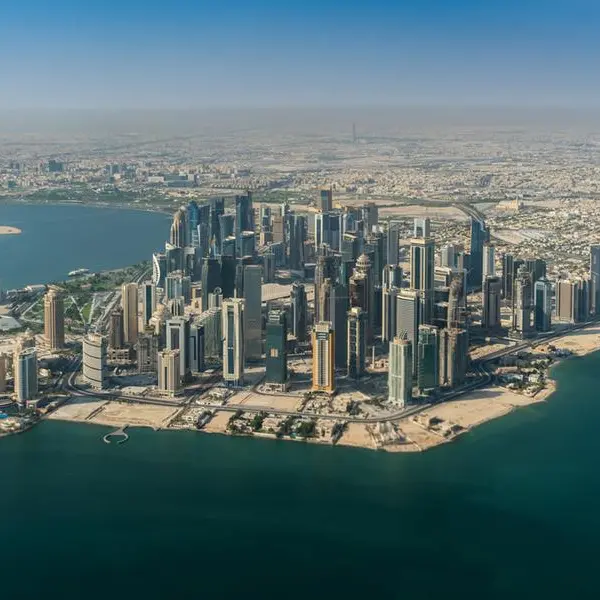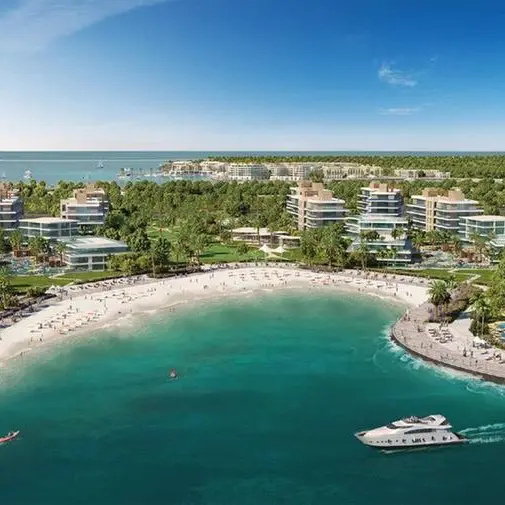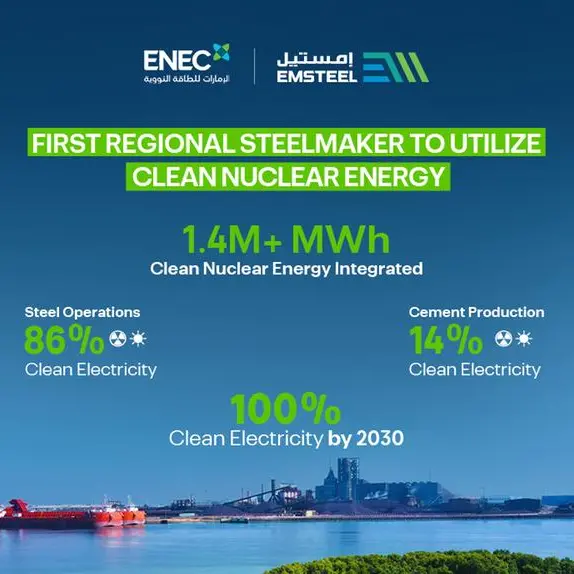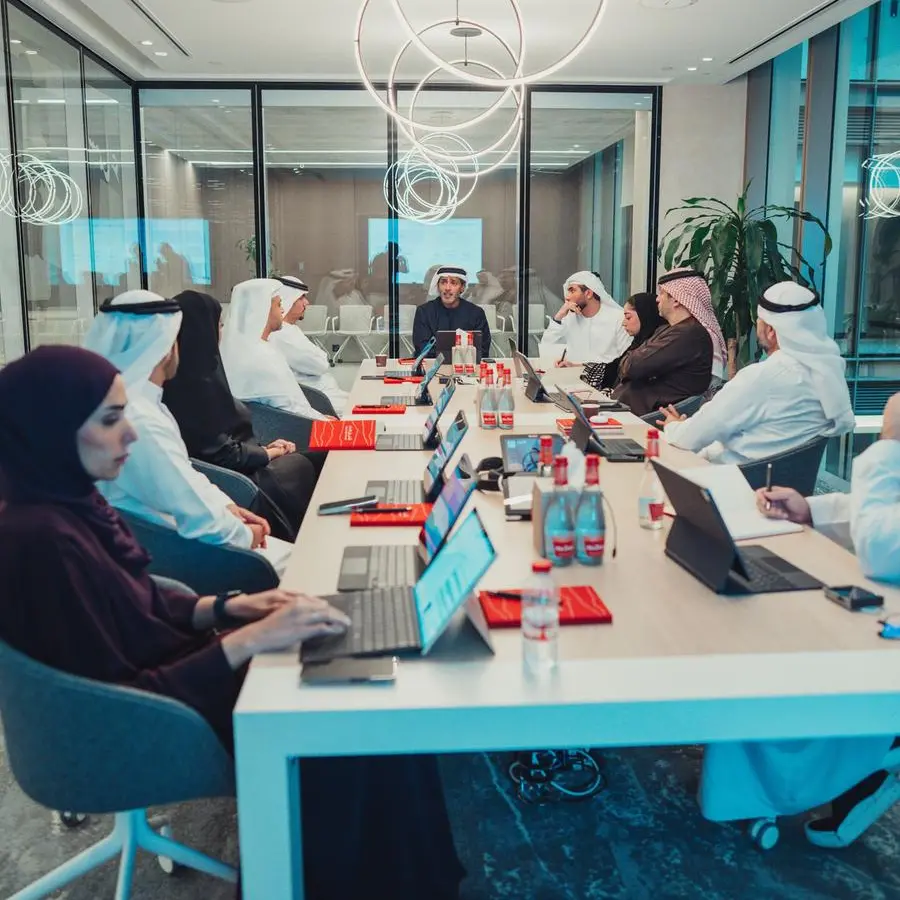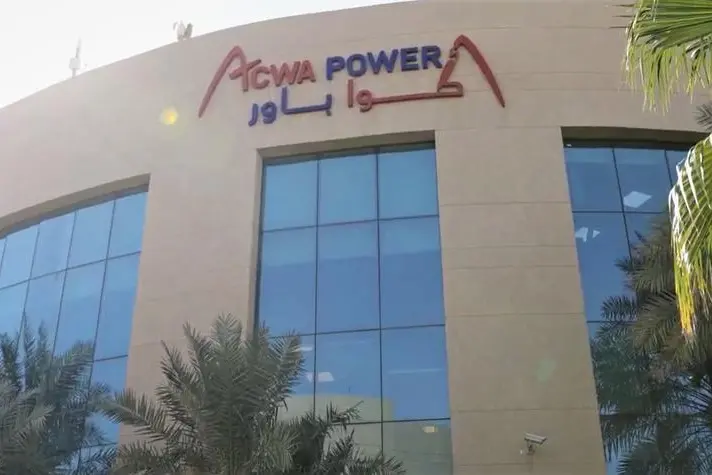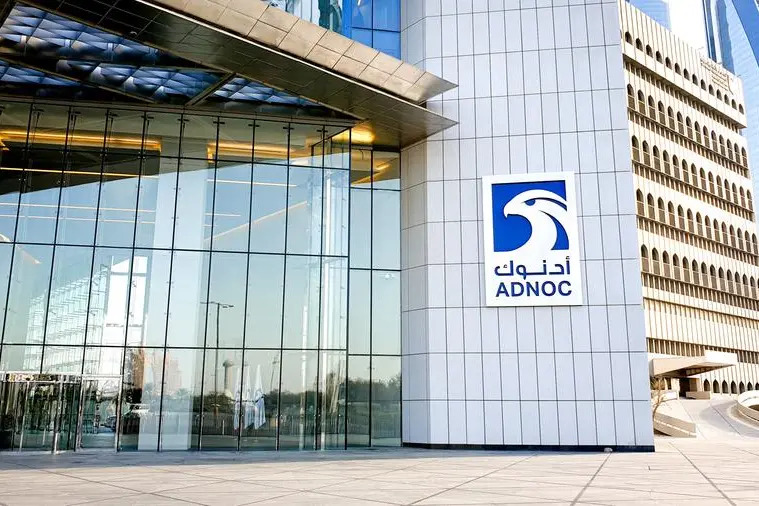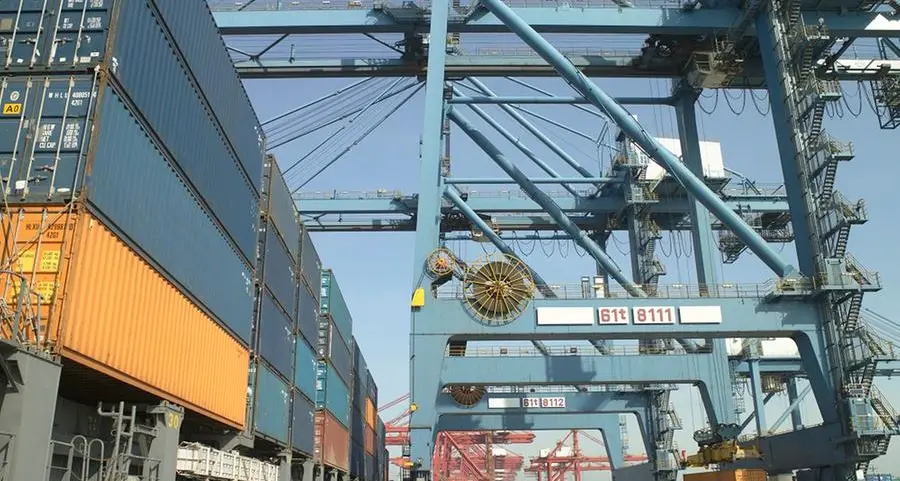In hydrocarbon rich Arab States, thermal electricity generation and dual purpose desalination plants are most attractive due to re-utilization of electricity generation reject heat into seawater distillation. There are three processes of thermal desalination. Multi Stage Flash (MSF) is the workhorse of this industry for large and extremely large capacities of up to gega liters, per day productions, and Multi Effect Distillation (MED) for medium capacities in mega liters per day productions while Vapor Compression Distillation (VCD) is suitable for capacities in kilo liters per day productions.
Other technologies are Sea Water Reverse Osmosis (SWRO) and/or Brakish Water Reverse Osmosis (BWRO). They are found suitable everywhere for medium to large capacities. Electro Dialysis (ED and with Reversal-EDR) is another permeation process. Both ED & EDR are found to serve small capacities particularly when industrial water is the prime requirement. In such cases, Ion Exchange Desalination (IED) that utilizes special resins could also be used.
Lessons Learned from MSF Experience
One of the early attempts of MSF capacity and production cost debottle necking came about during the sixties by introducing the so called: the Universal Design! This design called for acid treatment of seawater makeup to MSF distillers. It was based on a top brine temperature (TBT) of 121C in order to increase the Gain Out Ratio (GOR) from 8 to 10+ (as a ratio of distillate product to input steam). Ironically, the total number of Universal Design distillers, which were deployed worldwide probably did not go beyond the single digit, and a good number of these were deployed at two sites in Saudi Arabia. It is even more ironic to look back and note that two of the three desalination schools in the Gulf Region, (which had come after the first) had flourished at the two sites (of Jeddah and Al-Khobar) where two and three (respectively in time and number), of these distillers were deployed.
Indeed, it was a blessing in disguise that the hardships of the Universal Design had greatly contributed to the development of the MSF Industry.
In 1989, once again in Kuwait, the flag-men of desalination schools of Al-Shuwaikh (the birth place of MSF) and Jeddah expressed their pledge to the work and the experiences that had come out of the Al-Khobar (the youngest of the three) school(s).
In the past five decades there were a number of milestones in desalination industry. Great deal of which were related to MSF development and these matters would require further work towards:
Process efficiency to maximize energy utilization [Gain Output Ratio (GOR)];
Intake design to maximize feed utilization [Recovery Ratio (RR)];
Capital (installation) cost per unit output;
On-stream factor, as expressed by availability and reliability;
Unit capacity growth pattern;
Understanding of scaling potentials and prevention mechanism;
Corrosion resistant materials that are most suitable for seawater & desalination;
Electronic measurement, monitoring and control, i.e., instrumentation.
Mathematical modeling and simulations to prevent:
a) Stage pairing;
b) Mist carry-over; and
c) Non-Condensable accumulation through improved:
i) Bundle design;
ii) Vent off Take locationing; and
iii) Reduction in vapor losses.
Demister design to:
Reduce scale build up through:
i) Self draining configuration(s); and
ii) Insitu salt removal by dis tillate jet flushing.
Assembly/mounting techniques in order to:
i) Retard mist carry over through tighter sealing; and
ii) Simplify as well as affect expedient installation & removal.
Staggered Venting, i.e.,
Directional flow of non-condensables and;
Creation of counter flow of gases around the bundles.
N.B. This needs to be done in conjunction with item 9 above.
Hybrization/Integration
Process hybridization
i) MSF/MEC
ii) MSF/MEC feed treatment (De-hardening/Separation)
Integrated Production
i) Simple Power Cycle(s), i.e., BTG or GTG;
ii) Combined cycle of GTG/HRSG/STG; and
iii) Variable back pressure, STG design.
Carbon dioxide recovery improvements through:
Analytical laboratory chemical equilibrium assessment to clearly understand where CO2 is being released in the process;
Prototype and pilot plant evaluation to verify the reality of the above analytical results; and
Stage-wise simulation & mathematical modeling to quantify off takes.
Today, energy utilization as expressed by GOR is the most important aspect that desalination technologists repeatedly stress upon. Unit capacity(ies), material of construction and instrumentation influence operability, production and cost. However, the remaining aspects are still quite influential in the decision-making process.
Costs and unit capacity are shown in Figure 1 while number of stages per distiller, descaling frequencies & GOR.
Development of Already Established Processes
Advances in technology have led to rises in desalination unit capacity.
Expected rises in demand and future replacement of aging plants may lead to further rise in the unit capacity in the coming decades to range between 50 - 100 Mega liter per day (MLPD) per single unit (exceeding 10-20 MIGD (Million Imperial Gallon per Day) 1 MIGD is Approx. equal to 4.5 MLPD).
Such capacity rise may suggest deployment of 10 to 20 units for any urban cluster. Over 100 MLPD unit size could jeopardize continuity of supplies in the event of either planned or forced outage, while under 50 MLPD unit could lead to undesirable multiplicity of systems. Three processes are mainly employed in sea water desalination. The three proven technologies in the order of development and total installed capacities are:
Multi Stage Flash (MSF)
Sea Water Reverse Osmosis (SWRO)
Multi-Effect - especially with re-Compression (MEC), It is worthwhile to highlight the merits as well as demerits of each one of these processes. The primary objective of this exercise is to maintain the merits and to carry out developmental work to remove obstacles.
MSF has already surpassed the 75 MLPD unit capacity as in Shuweihat project in United Arab Emirates (UAE) 16.7 MIGD units are already installed.
The road is, therefore, paved for it to reach the desired target of 100 MLPD unit size. Other merits that MSF must maintain would be its on-stream factor and sharply reducing production costs especially scale controlling charges. Yet, MSF has to improve on its nonequilibration, low heat transfer and voluminous flow rates as well as its top brine temperature (TBT) limit of around 120C.
SWRO has proved itself worthwhile in recent years, but needs further development in four areas, which are:
Intake and Feed pretreatment systems.
Better understanding and prevention of membrane fouling and deterioration.
Improving membranes for higher flux.
Reduction of its multiple-flow streams.

A vessel design was proposed to house some 48 (or even more) elements in order to reduce number of connections from three digits to three high pressure nozzles plus four nozzles for permeate product water. Such vessel configuration can also reduce the pressure losses, thus, optimize on the pumping energy requirements and overall production costs.
MEC can go quite a long way in maintaining its low capital and energy cost advantages. Work and efforts are to be directed towards increasing unit capacity. This is quite an achievable task when adequate confidence and support is given to this promising process. One basic upgrading requirement that MEC industry is to come up with is the design of larger thermal (steam) ejecto-compressors. In this respect, reference can be made to a proposal put forward for a 75 MGD (283.5 MLPD) MEC of 30 vertically stacked stages designed as a column (MGD stands for Million US Gallon per day (approximately 3.78 liters per US Gallon). As pointed out in regard to unit capacity growth; only one forth to one third of such column would fulfill expected capacity growth. Moreover, the said design was based on multi ejectors and 6 parallel flow streams rather than larger components, since larger ejectors are still not available to the desalination industry.

However, a word of caution is to be uttered regarding concrete vessels for desalination as suggested in the said design. The milieu of the Gulf and the stage of development of concrete casting could create a set back. Yet, it is important to note that words of caution are by no means to be understood as rejections. When cautions are read with an open mind and a positive attitude they ought to stimulate further investigation thus directing research and development activities towards such proposals and/or design aspects.
Integration of Established Processes
Some of the most important steps towards integration of processes have gone beyond water production into co-production of water and power.
Expansion plans
A quick short-term solution for rehabilitation, upgrading and re-powering especially where lighter fuels are available, GSE can be the solution to partly aging plants. It can optimize on outputs, savings, production flexibility and deployment time with sequential staging of rebuild. The triple production scheme of 1 to 4 would therefore, deserve serious consideration. This refers to GTG, HRSG, STG & MEC, where number of unit(s) per combination are to be 3, 2, 1 & 4 in the same order as mentioned here. Such scheme would require the STG to be of (or converted into) the back pressure type.
This design concept also renders itself to staged expansion scheme for new installations. In such cases, GTG can be coupled to HRSG and MEC distillers.
For quick expansion, the HRSG is to be designed with an over sized shell where saturated 16 bar steam circuit is installed initially. Economizer and superheater circuits are to be added when STG is introduced into the proposed production facility.

The MEC design could require minor modification towards more of multi-effect than originally operated more of thermal compression mode of distillation. This modification could be either on the 4 installed MEC units or on the 3 originally installed and by adding a similar fourth MEC distiller.
A more enthusiastic and extremely valuable plan would be the incorporation of Nano Filtration. Such scheme renders itself quite accessible to permeation processes of SWRO & BWRO. Such accessibility is drawn on the basis of the common utilization of existing pre-treatment. However, a yet more attractive option to production enhancement and cost reduction could be achieved by placing Ultra & Nano Filtration ahead of conventional thermal desalination processes especially MSF as well as MEC, or their hybridized version(s). Moreover, the inclusion of Ultra Filtration to the above could simplify feed pre-treatment and hence lead to higher availability and reliability.
The system does also render itself to co-production for future desalination and power cycles as well as to the revamping of existing facilities be it dual and/or single purpose desalination and/or power plants. The following paragraph will elaborate on proposed overall integration.

Overall integrated schemes utilizing the summation of know-hows and experiences would give true ultimate plans for power and water co-production.
Since anyone of the four options would render itself viable for new installation either in a single step or in progressively staged deployment.
Likewise, desalination side of these options could be put into a stage-wise incorporation for new or existing facilities.
In these respects, reference is also made to earlier paragraphs of this subsection.
Commercialization of Suggested and Innovative Schemes
The future of desalination will very much depend on developmental work to reduce production cost. New frontiers are to be explored by spending time and money to check the viability of some of the following options of suggested and innovative processes such as:
Unconventional High Temperature MSF (HTF);
Solar Energy Utilization, especially through Solar Ponds;
Utilization of Other Renewable
Resources, such as: Wind and Wave Energy;
Electrically Induced Separation;
Ion Exchange (IED);
Hydration;
Freezing;
Chemical Reaction, Salt Precipitation;
Combined Membrane Processes of Electro-Dylitic, Osmotic & Ion Exchange (ED, RO, IX); 10. Biodesalination, Anion/Cation Bacterial (oxi-re); and 11. Nuclear Energy Utilization.
Pioneering work on development of High Temperature MSF section has been proposed. In a recent work on an existing MSF pilot unit at the Research & Development Center (RDC) of the Saline Water Conversion Corporation (SWCC) in Al-Jubail, Saudi Arabia, the top brine temperature (TBT) was elevated up to 132C utilizing NF treated make-up. Moreover, it is worth citing here earlier works on elevated TBT of 135 & 155C through desulfation of seawater make-up carried out in Italy by Regine and with the Ministry of Electricity & Water (MEW) of the State of Kuwait at Doha plant from late seventies up until the beginning of the nineties. Hence, the road is already paved for higher TBTs of 160-200C, yet it will entail certain requirements.
One of these is to view current and proposed MSF vessels and flow streams to generically resemble the three-staged steam turbine sections of High, Intermediate and Low Pressure (i.e., HP, IP & LP). Henceforth, there will be a need to design an MSF-HP section, while MSF-IP section would be what is presently known as MSF heat recovery and the MSF-LP is to be the existing heat rejection section.
Consequently, the MSF-LP section could be converted into an MEC (LP) vessel.
Such conversion would mandate specially configured submerged tube bundle design. In order to beget smooth operation and maintenance of this section due to the imposed environment of boiling higher salinity brine.
Another requirement would be the introduction of pressure boasting of brine stream from IP to HP. However, it is to be understood that the full resemblance would be in line with the flow sequence of flashing brine in comparison to steam in turbines, and not to the flow of re-circulating brine that would be flowing in the opposite direction as it is the case of follow regime in existing MSF distillers.
This proposal would also require the development of proper alloy that could endure the environment of higher salinity (S), pressure & temperature(T) of re-circulating brine. One such alloy has already been tested in laboratories under severe STP conditions.
Solar energy deserves further developmental work. Few aspects of such work are to be directed towards engagement into few research projects.
Couple of direct methods that are worth studying would be the Multilayered and convictive solar stills. On the other hand, indirect utilization techniques are to be studied such as: Humidification/De-humidification; and Solar ponds heat recovery for conventional distillation of segregated versus integrated MSF/MEC process(es).
Other renewable energy utilization such as wind, wave and tidal are to be studied. Such utilization would be through electricity or shaft power generation for reverse osmosis. Moreover, the utilization of sea and/or elevation; head could also be studied.
Electrically induced separation of dissolved ions was suggested decades ago. So far, there are mixed opinions regarding such schemes.
During the past decade electro-magnetic devices were commercialized.
These devices were faced with claims of failures as well as success stories.
Thus further detailed evaluation is required. However, true ionic expulsion off the center of the main stream of brine solution is a matter that deserves further initial work in order to verify the viability of the proposed technique.
Ion exchange desalination is quite established. Yet, development of which could be directed towards improvements on resins capability, cost and how to improve their regeneration.
On the other hand, hydration/ dehydration and freezing would require further work along the same lines, as well as chemical reaction, e.g., salt crystallization. Since these would require further improvements on carriers and salt washing as well as removal of precipitates; i.e., separation techniques. In addition combined electro-dylitic, osmotic and ion exchange approaches require initial and basic literature surveys.
Suggestions are also put forward for carrying out, basic investigations into possible long-term viability of genetical engineering and nuclear conversion techniques. Genetic engineering could lead to conversion (and culturization) of certain bacteria to behave in similar fashions to sulfur oxidizing and reducing bacteria. They are to be targeted towards the oxidation as well as reduction of seawater dissolved cations of sodium, calcium and magnesium as the well as anions of chloride, sulfates and carbonates.
Last would be in the direction of atomic conversion. In such (an extremely long-term) scheme, work is to be directed towards the viability of atomic conversion of Nitrogen to Hydrogen & Oxygen for water and thermal energy generation.
By Mohammad Abdul-Kareem Al Sofi
Saudi Commerce and Economic Review 2007
